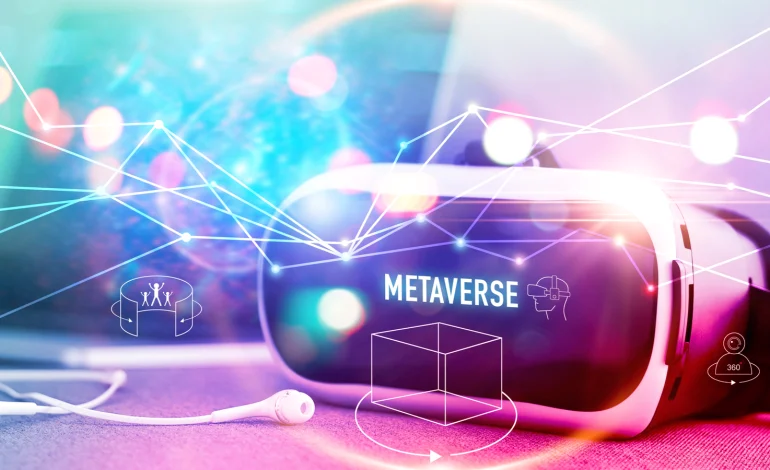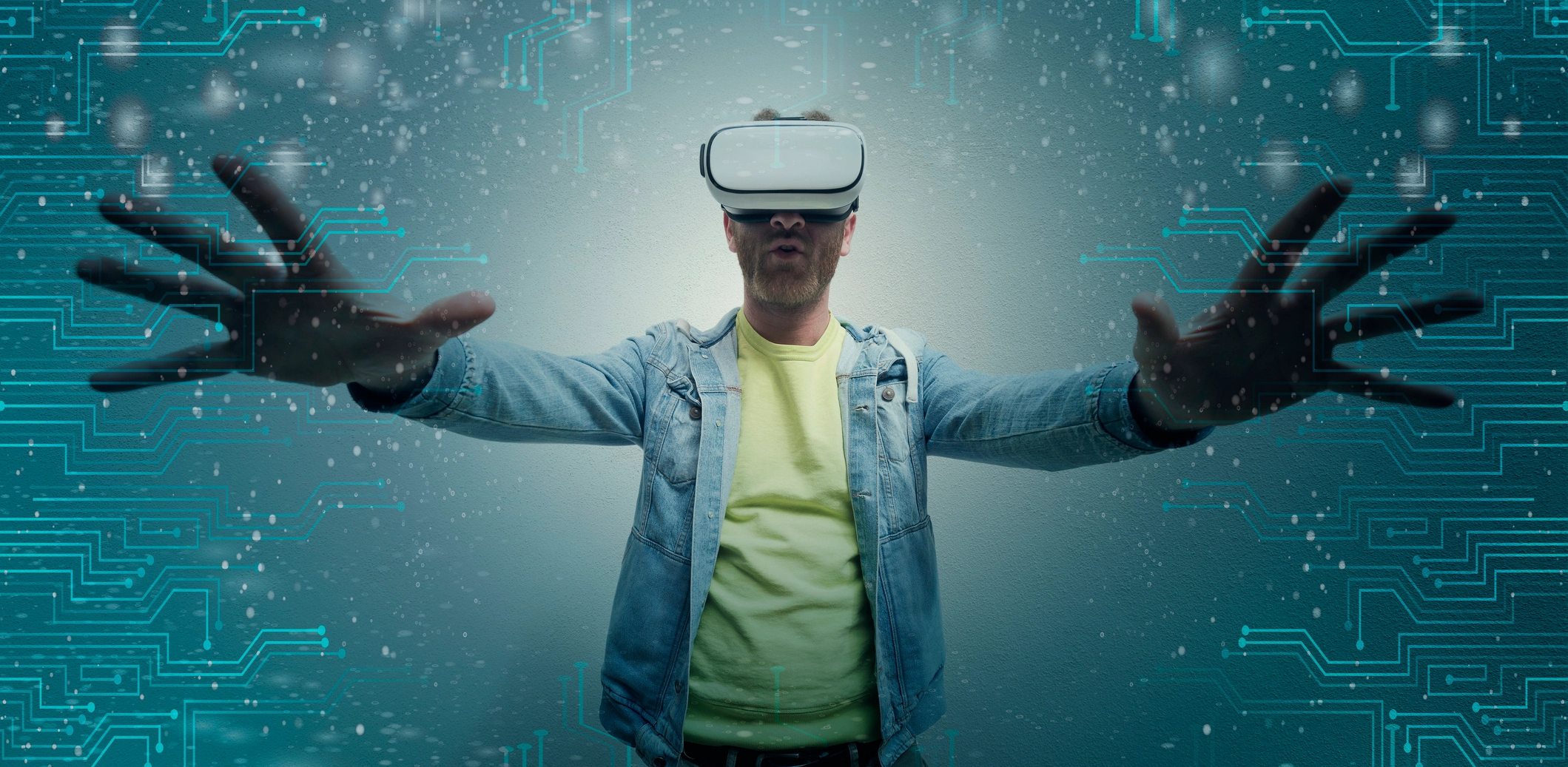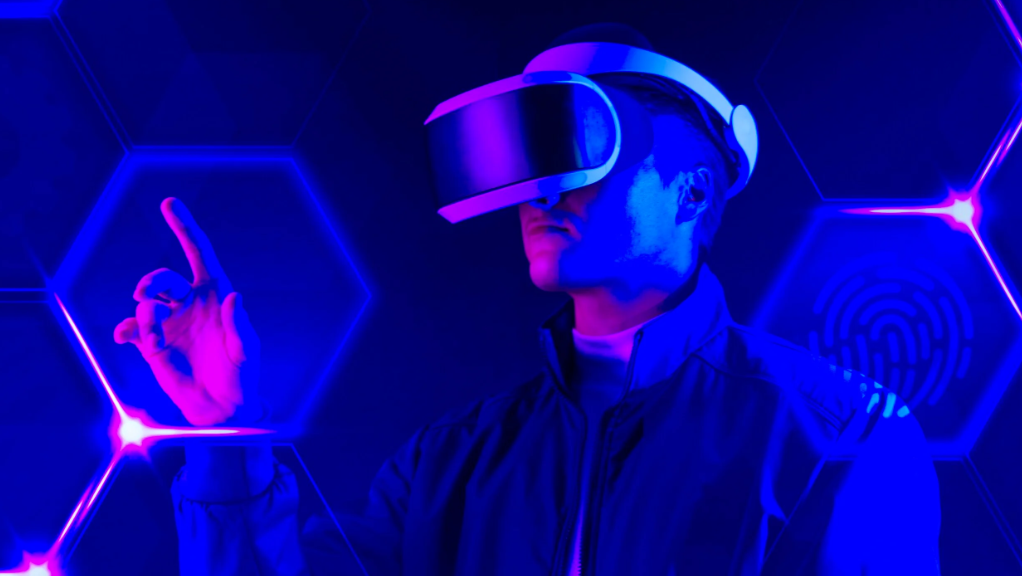7 Best Example Use Cases of Augmented Reality Marketing Campaigns

When you hear about augmented reality, you’d probably first think of Pokemon Go or Snapchat filters. But AR has gone beyond that and has made its way into different industries. However, many things about augmented reality make it seem like it fits a lot more into marketing, and so it is a hot topic in the sector. Brands and marketers are exploring how augmented reality marketing campaigns will be the game-changer for their marketing efforts; and, really, there is a lot of potential here.
Let’s start from its attention-grabbing ability. As far as marketing is concerned, attention would remain its highest commodity of trade. Your advertisement is as effective as its ability to grab (and retain) the attention of your audience. And the novelty of the augmented reality technology makes it exciting, raises curiosity in people, and so pulls their interest way more than the regular means of advertising.
According to The Drum, augmented reality campaigns “can lead to dwell times of over 85 seconds, interaction rates of up to 20% and click-through rates to purchase of 33% – numbers that dwarf anything across print, online or television advertising.”
Another area where augmented reality scores a high point in positioning itself as the future of marketing is INTERACTIVITY. Since traditional marketing means (like radio, television and print) were one-way channels, there has been a constant evolution towards more interactive marketing campaigns, and AR has interactivity as its essential element.
AR makes the audience active participants instead of passive viewers of an ad. It not only increases their engagement in profound measures, but it also empowers customers to take the lead and drive their own experience. We all know ads can be annoying most of the time. A HubSpot Adblock Plus Research Study conducted in 2016, reported that about 64% of users find ads annoying and intrusive. But with the control passed on to the customer and through more personalized campaigns that users are invited to explore at will, AR makes campaigns more fun and less buggy.
Well, we can go on and on to talk about all the various ways this technology brings the breath of freshness into marketing. But let’s go on to see seven of the best examples of augmented reality marketing campaigns and examine how some brands have been able to integrate AR into their marketing efforts.
1. The IKEA Catalog App

When shopping for furniture, a major concern in the mind of homeowners is to get the best fit for the space within which they intend placing the piece of furniture. Even with the dimensions known, you still wonder what each furniture you see in the showroom would look like in your home/office.
After discovering that up to 14% of customers take home furniture that is of the wrong size for the space it is supposed to occupy, giant furniture retailer, IKEA, launched their catalog app in 2013. The AR app was designed to be used alongside printed catalogs to bring to life each furniture listed in the catalog. When a user at home scans a page in the catalog using the app in their mobile device, the desired furniture would appear on the screen, and they can place it just where they intend for it to be.
2. New Look’s Augmented Reality Retail Campaign for Students

In what turned out to be the first AR campaign in the Middle East, New Look worked with Engine Creative to launch an AR campaign that allowed students in the UAE to scan their New Look Student Card to reveal special offers and interactive features using a free app.
Through the app, they could mix and match different products to create their own look, and they could share this with their friends on social media. The campaign got over 10,000 monthly interactions, with an average engagement time of close to seven minutes.
3. L’Oréal and Perfect Corp’s YouCam Makeup

In 2017, L’Oréal partnered with Perfect Corp to integrate the brand’s makeup collections in the augmented reality (AR) beauty app, YouCam Makeup. The move allowed L’Oréal to offer customers all over the world an exciting and interactive makeover experience that brings the brand products to life using AR technology.
Users can explore, discover and try out different beauty products, see how they look on their skin and also get more information about the product before committing to purchasing it.4.
RIXO London’s AR Runway

Fashion brand, RIXO London, partnered with HoloMe Technologies Limited, a tech startup founded in London, and London College of Fashion’s Innovation Agency to create an augmented reality catwalk experience and bring it home to users via their smartphones.
Since access to runway shows is limited, users can have their own show right in their living room, as the app showcases life-sized holograms of models wearing RIXO London’s new season collection.
5. Home Depot’s Project Color App

In 2015, the US largest home improvement retailer, Home Depot, launched its Project Color app. The AR app allows users to try out different paint colors and what they would look like in their home. With the app, making decision on the right color shade to use in a particular room becomes a lot easier for users, and there is also the feature to share images to social media from the app, should you need your friends to help you decide.
In 2017, Home Depot joined the likes of IKEA to integrate AR in its official mobile app and allow users to try out furniture and other products.
6. Timberland’s Virtual Dressing Room

In 2014, Timberland employed augmented reality and Kinect’s motion detection technology to create a virtual dressing room in Moktow Gallery. By standing in front of a screen, people could try out different clothes and fashion accessories, seeing a projection of their face on a model body of similar size putting on the different outfits. Afterwards, they can get into the shop to purchase clothes they find interesting and, perhaps, try them out in a physical dressing room.
7. Adidas’ Originals Augmented Reality Shoes

Adidas launched a line of shoes (Originals) that could give their owners an augmented reality experience via the marker sewn into the tongue of the shoes. After purchasing any of the Originals varieties, the customers can scan the marker using their computer’s webcam and it would launch them into a virtual world where they can play games online, with their shoes as controllers.
More brands, retailers and marketers are exploring different creative ways of using augmented reality to increase brand awareness, engage more customers, improve customer experience, and, ultimately, drive more sales. What you should be thinking about now is how you can implement an augmented reality marketing campaign for your business.
References:
- https://www.thedrum.com/opinion/2018/03/29/three-things-marketers-should-know-about-adopting-augmented-reality
- https://blog.hubspot.com/news-trends/why-people-block-ads-and-what-it-means-for-marketers-and-advertisers?__hstc=93759874.0c366cf2927d9d3647f423bab773c19d.1551100868882.1551100868882.1551100868882.1&__hssc=93759874.1.1551100868882&__hsfp=1442140348
- https://www.business.com/articles/augmented-reality-marketing-benefits/
- https://newatlas.com/ikea-augmented-reality-catalog-app/28703/
- https://www.enginecreative.co.uk/portfolio/augmented-reality-retail-campaign-students/
- https://inspirationsandcelebrations.net/2014/07/makeup-genius-app-loreal-paris.html
- https://www.loreal.com/media/news/2017/july/loreal-joins-perfect-corps-youcam-makeup-app
- https://www.businesswire.com/news/home/20190124005547/en/2018-Success-Case-Study-LOreal-Makeup-Genius
- https://futur404.com/fia-holome-rixo-augmented-reality/
- https://www.digitaltrends.com/cool-tech/adidas-embraces-augmented-reality-with-shoes-marketing/





